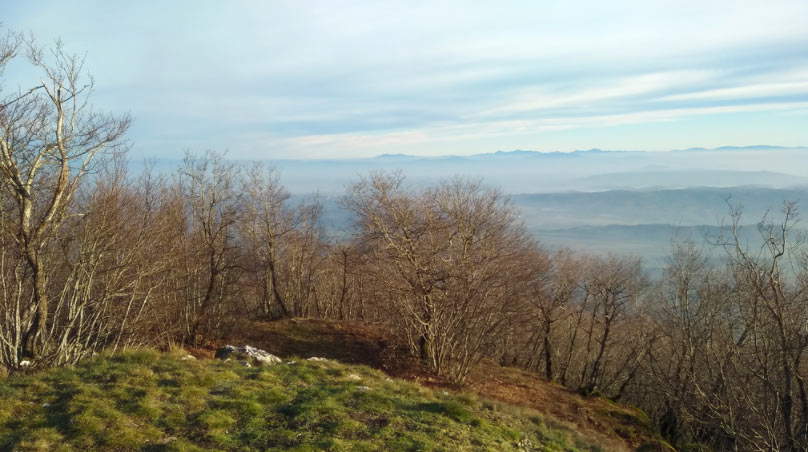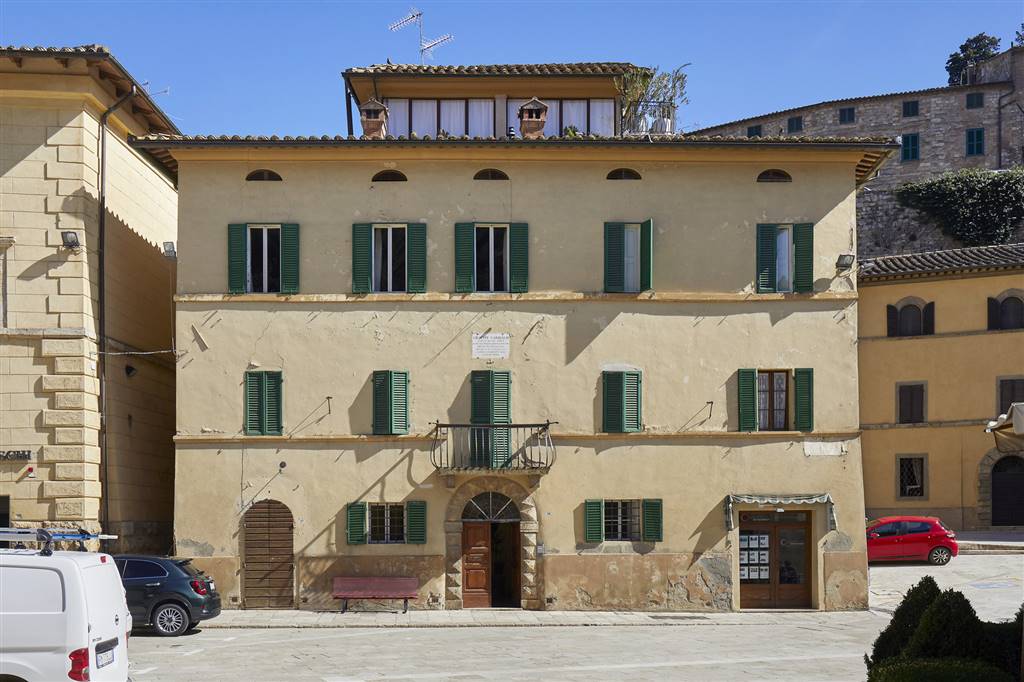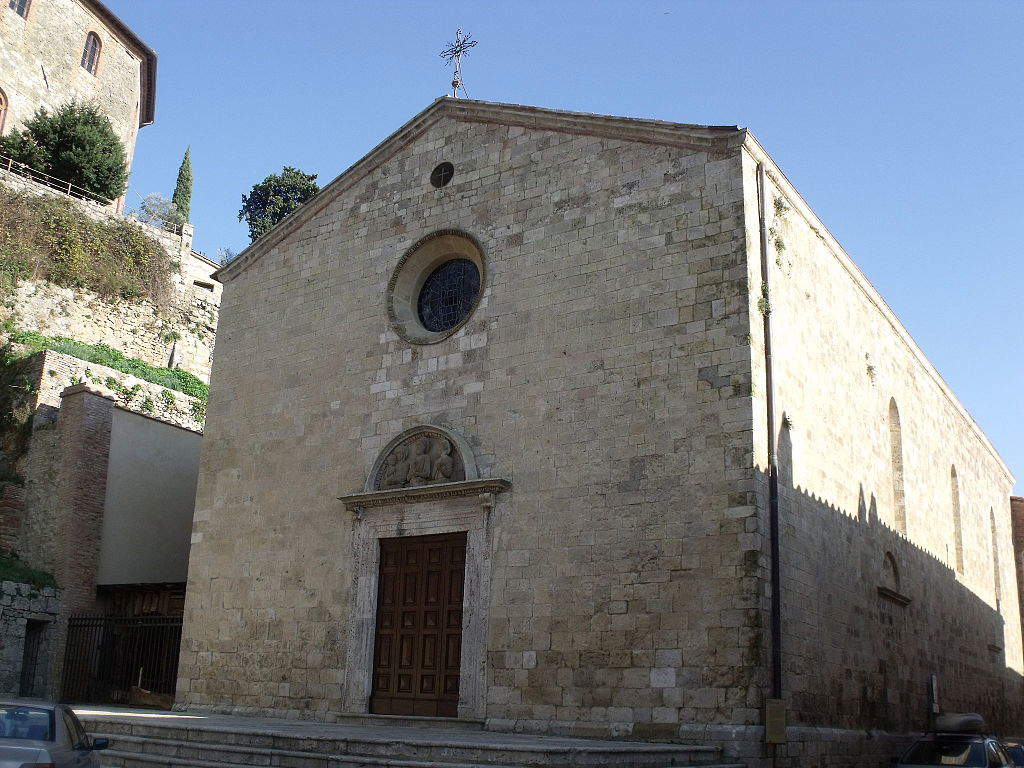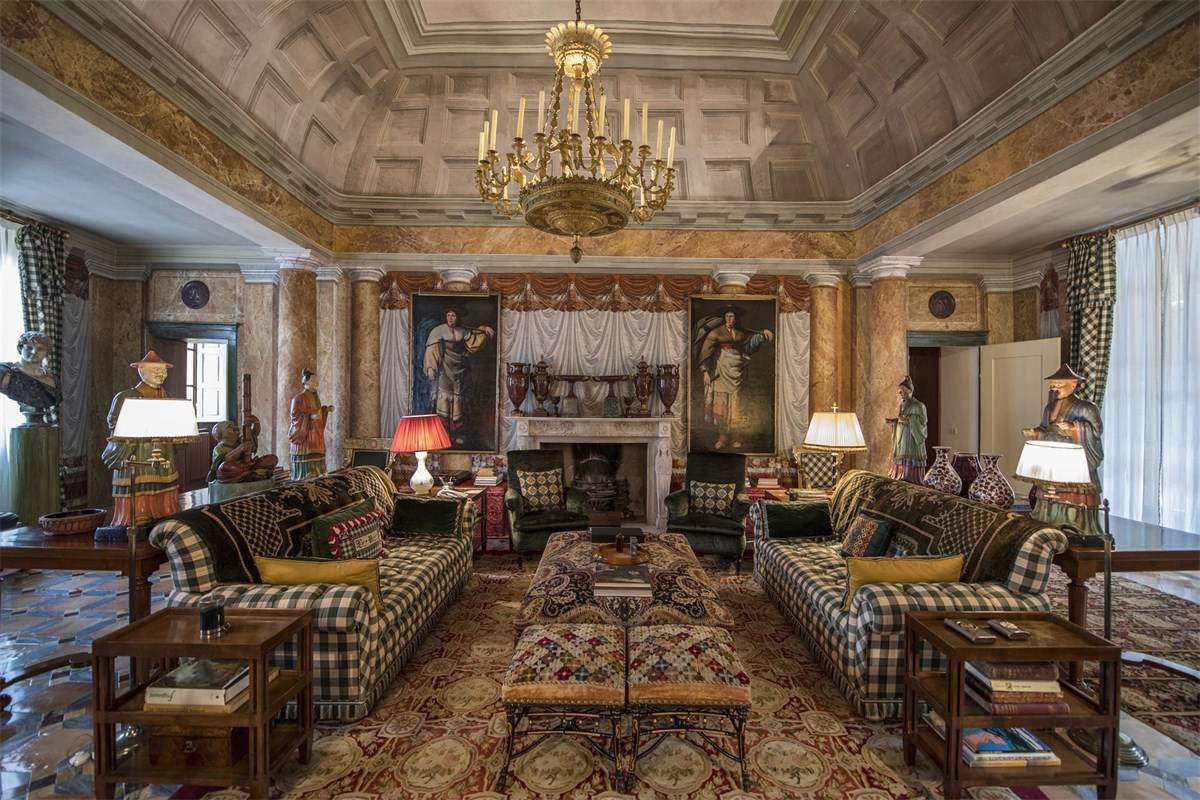Bernard Berenson, the great art historian, said there are only two places in Italy that have preserved the spirit of the 15th century intact. One is Asolo, in the Veneto region. The other is Cetona, in Tuscany. However, things have changed a lot in Asolo in recent decades, and industrialization has partly altered the landscape surrounding the town where Bembo set his Asolani. Cetona, on the other hand, has preserved itself somewhat better, and drawing the necessary consequences is therefore not complicated. Nor is it too difficult to understand why Berenson loved the landscape of Cetona, which is still relatively intact, and untouched by mass tourism: in Cetona there are not the Americans and Japanese who in fine weather flock to the streets of Siena, Pienza, and Montepulciano, or make the rounds of all the Chianti wine cellars possible and imaginable. At most you will find a few famous actors there: in the 1970s, Cetona became known as “little Hollywood,” given the frequentations it counted. And its historic center has not been distorted or disfigured. On the contrary: in many of the downtown alleys, one almost has the feeling that modernity never arrived here.
Along the coasts, the cobblestone streets so called because they climb to the top of the hill on which Cetona stands, the low stone houses of the rione delle Monache, the neighborhood at the foot of the Rocca, have remained that way for centuries. And as you approach toward the main square, the large widening ordered in the 16th century by Marquis Gian Luigi Vitelli, the stone houses give way to the elegant facades of the Renaissance palaces, with their regular ashlars, ashlar on the corners, and decorated portals. The large square, dedicated to Garibaldi, seems almost like an alien presence, given its size: it is huge compared to the village, but then again, at the time, the marquis wanted to transform the ancient town by giving it a large, monumental-looking entrance. And it is around Garibaldi Square that the life of the village is concentrated today. It is so large that two churches stand there: unusual, for a village of two thousand inhabitants. One of the two churches is that of St. Michael the Archangel, the oldest in the village, which is located in a tucked-away corner of the square: the year of its foundation is 1155, although today it presents itself to the traveler in its seventeenth-century form. It dates, in short, to the period in which we have the first attestations of the village.
 |
| The landscape of Cetona. Ph. Credit Tourist Office of Cetona |
 |
| Mount Cetona in winter. Ph. Credit |
 |
| The landscape of Cetona. Ph. Credit Tourist office of Cetona. Ph. Credit Ketil |
 |
| View of Cetona. Ph. Credit |
 |
| Garibaldi square. Ph. Credit Tourist Office of Cetona |
The first mention in a document, in particular, dates back to 1207, when Cetona is mentioned as a castle, placed under the rule of Count Ildobrandino. Long disputed between Orvieto and Siena, Cetona was conquered by Braccio di Montone, lord of Perugia and captain of fortune in the pay of the Sienese: it thus passed permanently under the Republic of Siena and followed its fortunes, even when Siena was conquered by the Florentines in 1556.
After the passage to the Duchy of Tuscany, Cosimo I de’ Medici granted the fiefdom of Cetona to the marquises Vitelli, and it was under them that the town underwent its greatest transformations: the Vitellis themselves, in the square that Gian Luigi had opened, built their residence, Palazzo Vitelli, now a private residence. And in the same period arose the second church in the square, the Church of the Annunziata, over the centuries encompassed by the dwellings that sprang up around it, but with a still recognizable physiognomy, and today deconsecrated: it is the site of exhibitions and events. The works promoted by Vitelli also affected the ancient fortifications: the Rocca was transformed into a sumptuous residence dwelling, and the very walls that encircled the village no longer had any reason to exist, so that only a few pieces survive today. The exception is the Rivellino tower, which is still visible: it is the only fortification of Cetona’s third set of walls to have survived.
The surprises are not over, however. Halfway along Via Roma we come across the massive 17th-century Palazzo Minutelli, home to the Town Hall as well as the local Civic Museum for the Prehistory of Mount Cetona, which collects objects from the very ancient settlements in the area: man has inhabited these lands since the Paleolithic age. A few steps further on is the Church of the Holy Trinity, of thirteenth-century origin but remodeled in the sixteenth century: the interior contains frescoes of the Pinturicchio school and eighteenth-century canvases. Returning to Piazza Garibaldi, we wander around it to visit the so-called “eighteenth-century quarter,” an interesting urban planning operation of that century, commissioned by the nobleman Salustio Terrosi, who “redeveloped,” of course according to the conception of the time (read: he demolished several medieval hovels) the district he had chosen to build his residence, surrounding it with a vast park and service buildings, all grafted into the urban fabric of the village trying to preserve its harmony. The villa (curiously called “la Vagnola,” since Maria Antonietta Vagnoli was Salustio Terrosi’s wife: it is now owned by the fashion designer Valentino) is surrounded by a park that can be partially visited.
As you leave the village, you can stop for a visit to the 13th-century convent of San Francesco, before plunging into a landscape of steep cliffs and rolling hills, cypresses and holm oaks, medieval parish churches and small fortified villages, hermitages and castles. A landscape that would fit well in a painting in the 15th century. That is why Berenson loved the landscape of Cetona so much.
 |
| Palazzo Vitelli. Ph. Credit Terra di Siena sas |
 |
| The church of San Michele Arcangelo. Ph. Credit |
 |
| The church of the Holy Trinity. Ph. Credit |
 |
| Villa La Vagnola. Ph. Credit Christie’s Real Estate |
Article written by the editorial staff of Finestre sull’Arte for UnicoopFirenze’s “Toscana da scoprire” campaign.
 |
| As in a fifteenth-century painting: Cetona, the village beloved by Berenson |
Warning: the translation into English of the original Italian article was created using automatic tools. We undertake to review all articles, but we do not guarantee the total absence of inaccuracies in the translation due to the program. You can find the original by clicking on the ITA button. If you find any mistake,please contact us.